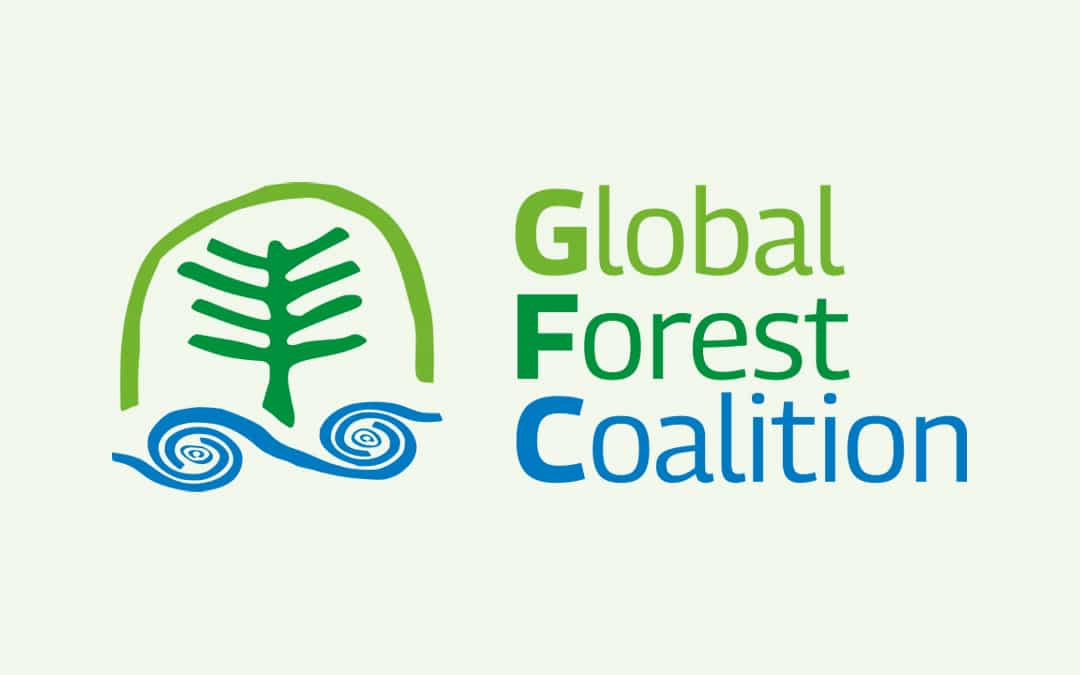Written from SBSTTA-16 in Montreal, Canada on Wednesday, 2nd May, 2012 (originally published in ECO-the newsletter of the CBD Alliance)
The discussion on incentive measures came and went with the speed of light yesterday, which is probably symptomatic of the lack of appreciation for the significance of this shortest article of the CBD. Only 7 countries had taken the effort to send information on progress made on removal or mitigation of perverse incentives, promotion of positive incentive measures and assessment of biodiversity values. The lack of attention, especially for the role of perverse incentives, is simply absurd. Pretending to conserve biodiversity without addressing perverse incentives is like trying to drive a car by pushing the brakes and the accelerator at the very same time. It is like accepting 1 billion dollars in support for reducing deforestation and hosting a major summit on sustainable development while dismantling the forest code, building destructive megadams in the middle of the jungle and actively promoting environmentally destructive biofuels.
There is another attractive aspect to removing or redirecting perverse incentives like biofuel subsidies – it is a biodiversity measure that actually generates money. This is welcome news in times when government austerity rules. In fact, there is an increasing tendency amongst donor governments to mainly talk about ‘Other People’s Money’ when biodiversity finance is discussed. In particular, the EU and other northern governments are rambling on about generous financial contributions from a yet to be identified private sector, which should be willing to voluntarily invest billions of dollars in a highly volatile and uncertain ecosystems market. Admittedly, that story turned out to be a fairy tale as far as REDD+ was concerned. In REDD land, the absence of any perspective on legally binding cuts in the coming decade has led to a complete collapse of the carbon market, leaving Governments with a bill of some 500 million dollar in old and existing forest money invested in a process to make countries “Ready” for a REDD that will probably never happen. Payments for environmental services sound nice, as long as it is other people’s money that pays for them. But in reality 99% of the payments for environmental services schemes are financed by the very governments that thought they were a mechanism to generate money. No wonder that the G77 is getting so suspicious of TEEB-like approaches that they even proposed to put all references to “environmental services” and “valuation” in brackets during the Rio+20 negotiations last week.
Removing perverse incentives and good old fiscal measures might not sound as enticing as innovative financial mechanisms but they have been proven to work, whereas IFMs like ecosystem markets have proven to be mere fairy tales. Money from perverse incentives could subsequently be invested in schemes that provide appropriate support for the initiatives by Indigenous Peoples and Local Communities to conserve biodiversity. A recent analysis, by the Global Forest Coalition the ICCA Consortium and IUCN CEESP concluded that such rewards for the benefits that ecosystems provide do not only have to be financial (will be presented at a side event on Thursday afternoon). Recognition of the territorial rights, autonomy and governance structures of Indigenous Peoples and local communities often provides sufficient incentives for people to continue fostering their community conserved areas and Indigenous territories (ICCAs).
Simone Lovera
GFC’s Executive Director




